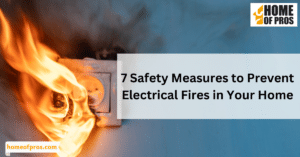Keeping your home’s electrical system in top shape is crucial for safety and convenience. Start by regularly inspecting outlets and switches for signs of wear or damage. Ensure that circuit breakers are properly labeled and functioning, and consider hiring a licensed electrician for a professional inspection to catch potential issues before they become major problems.
In this comprehensive guide, we’ll explore home electrical system maintenance, providing you with a step-by-step checklist that emphasizes safety and functionality. Whether you’re a seasoned DIY enthusiast or a homeowner, this guide will help you keep your electrical system in top shape. Let’s embark on this journey to electrical system excellence.
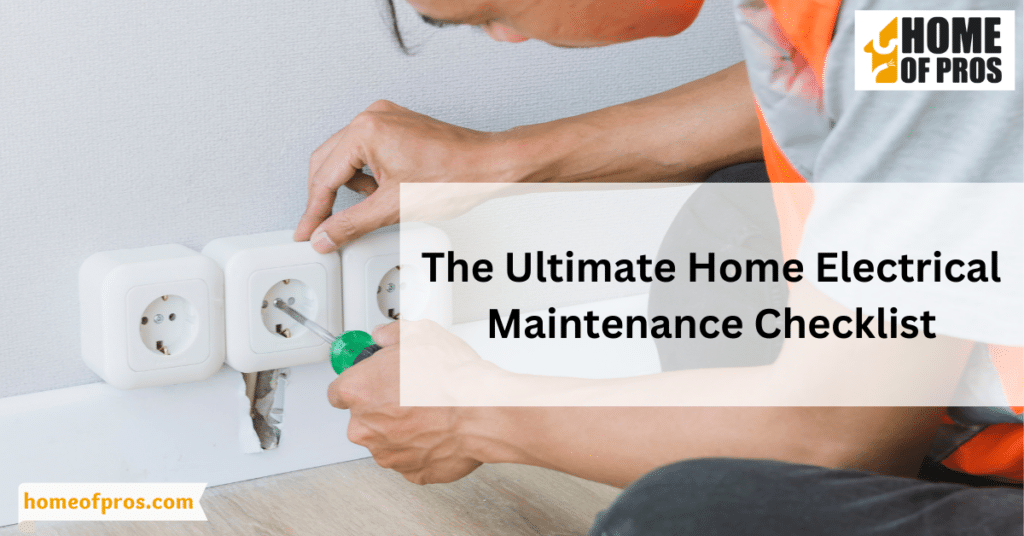
1. Visual Inspection
Visual inspection is a fundamental aspect of electrical maintenance as it serves as the first line of defense against potential hazards. Homeowners should regularly examine key areas, including outlets, switches, and light fixtures. Look for telltale signs such as frayed wires, scorch marks, or unusual discoloration, which can indicate wear, damage, or overheating.
The urgency of addressing these issues promptly cannot be overstated, as they can lead to electrical fires or power failures. By proactively identifying and rectifying visible problems, you can significantly enhance the safety and reliability of your home’s electrical system.

2. Electrical Panel Examination
The electrical panel, often referred to as the circuit breaker or fuse box, plays a pivotal role in managing the flow of electricity throughout your home. Safely accessing and inspecting this critical component is essential. During your examination, be vigilant for loose connections, tripped breakers, and clear, accurate labeling.
Properly identifying circuits can save time and prevent unnecessary disruptions. While some maintenance tasks can be tackled independently, when it comes to electrical panel issues, it’s wise to consult a professional electrician. They possess the expertise to handle intricate panel-related concerns, ensuring the safety and efficiency of your electrical system.
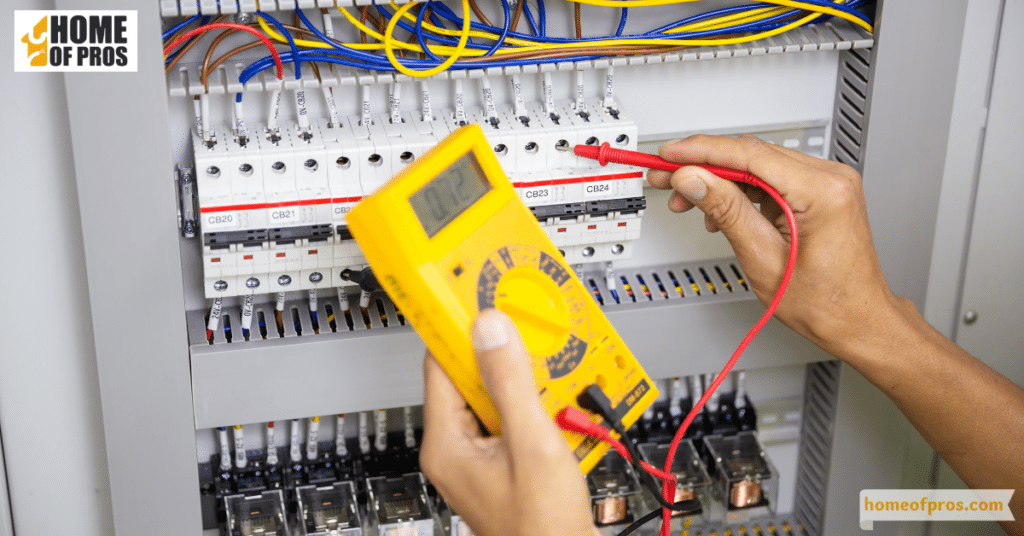
3. Outlet and Switch Testing
Regular testing of outlets and switches is imperative for maintaining a functional electrical system. Testing allows you to identify potential problems before they escalate. Using a multimeter, a versatile electrical tool, safely check for voltage to ensure proper functionality. Be vigilant for loose connections that can lead to intermittent power supply or faulty switches that may cause disruptions.
When issues arise, it’s important to replace outlets and switches promptly to avoid safety hazards. By incorporating these testing procedures into your maintenance routine, you can enjoy a more reliable and trouble-free electrical system.
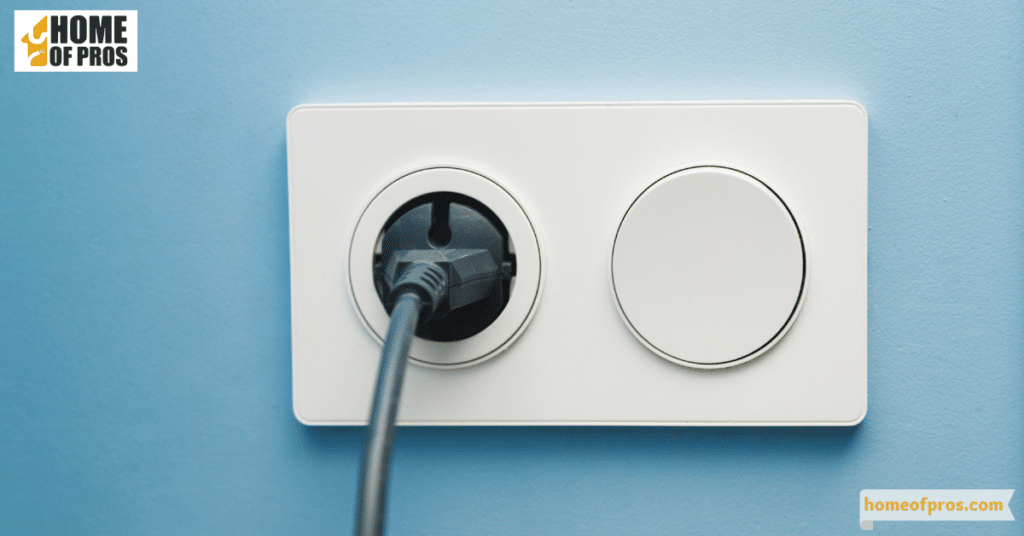
4. GFCI and AFCI Protection
Ground Fault Circuit Interrupter (GFCI) and Arc Fault Circuit Interrupter (AFCI) devices are critical components in modern electrical systems, providing protection against electric shocks and fires, respectively. Understanding their purpose and how to test and reset them is paramount. Regularly test GFCI outlets and reset them to ensure they are functioning correctly.
AFCI protection is crucial in preventing electrical fires caused by arc faults. Learn how to test AFCI breakers and recognize when they need replacement to maintain the highest level of safety in your home. These devices are integral to your family’s well-being, making their proper maintenance essential.
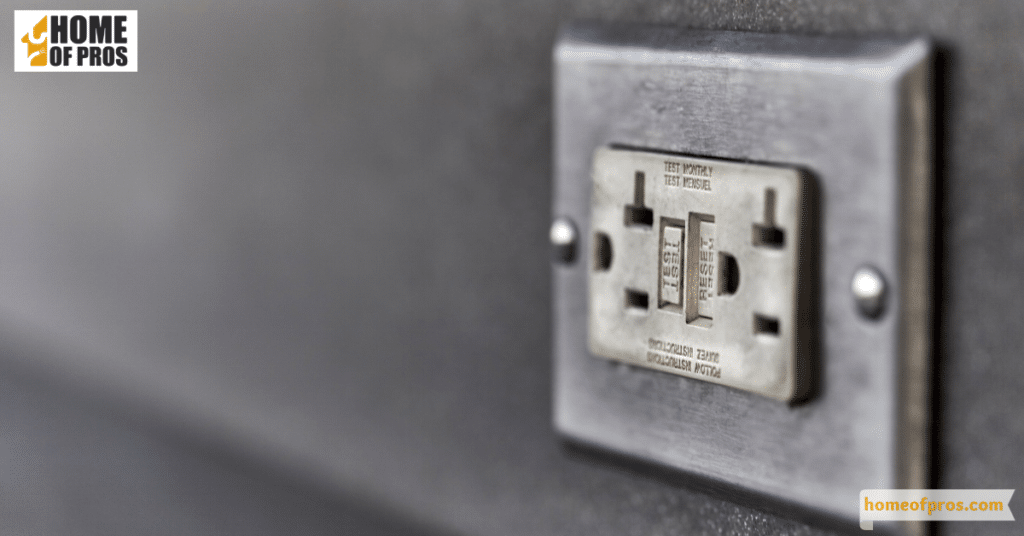
5. Lighting System Inspection
Your home’s lighting system deserves careful attention during electrical maintenance. Lighting not only enhances aesthetics but also contributes to safety. Inspect light fixtures, bulbs, and dimmer switches for signs of wear, flickering, or other issues. Addressing these problems promptly can prevent disruptions and extend the lifespan of your lighting components.
Additionally, consider transitioning to energy-efficient lighting options to reduce energy consumption and lower utility bills. By maintaining a well-functioning lighting system, you can ensure a comfortable and safe environment within your home.
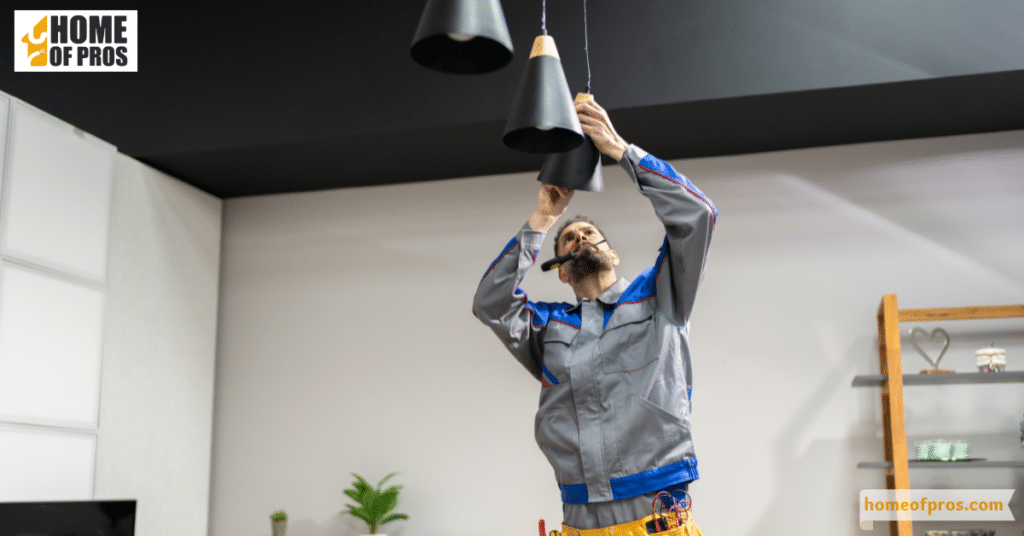
6. Surge Protection
Electrical surges pose a significant risk to your valuable home appliances and electronics. Understanding these risks and the available surge protection options is vital. Learn about the different types of surge protection devices, such as surge protectors and whole-house surge suppressors.
Install surge protectors at key locations in your home, including near sensitive electronics. Equally important is the regular maintenance of surge protectors, which ensures they continue to provide adequate protection. By taking these precautions, you can safeguard your electronic investments and avoid costly replacements caused by electrical surges.
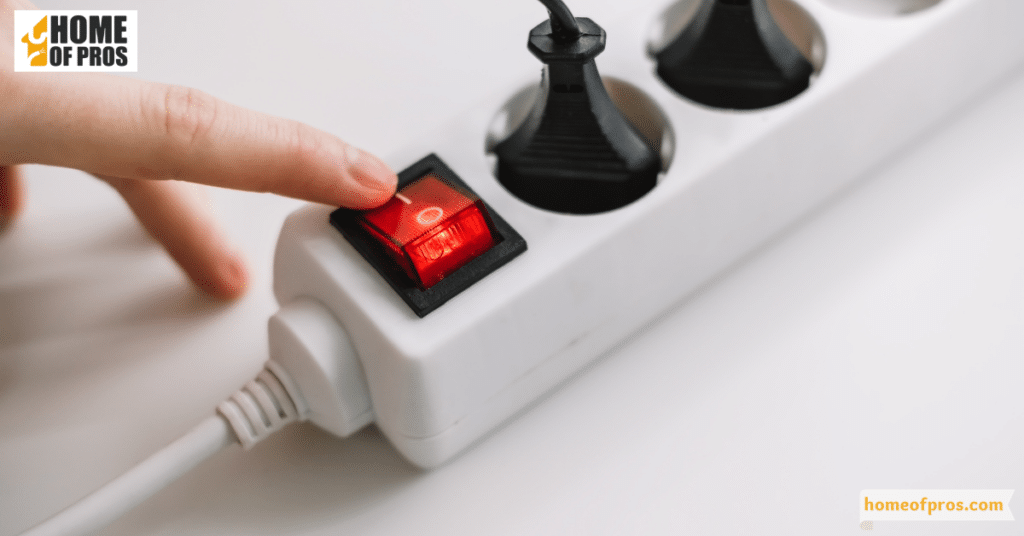
7. Extension Cord and Outlet Usage
Extension cords and overloaded outlets can be hidden hazards in your home. Recognize the potential dangers associated with improper usage, including overheating and fire risks. Safely use extension cords when necessary, but avoid daisy-chaining multiple cords together, as it can overload circuits.
Be aware of the load capacity of power strips and outlets to prevent overloads, which can lead to electrical fires. Regularly inspect extension cords for wear and consider replacing them if damaged. Proper usage and maintenance of extension cords and outlets are essential for a safe electrical system.
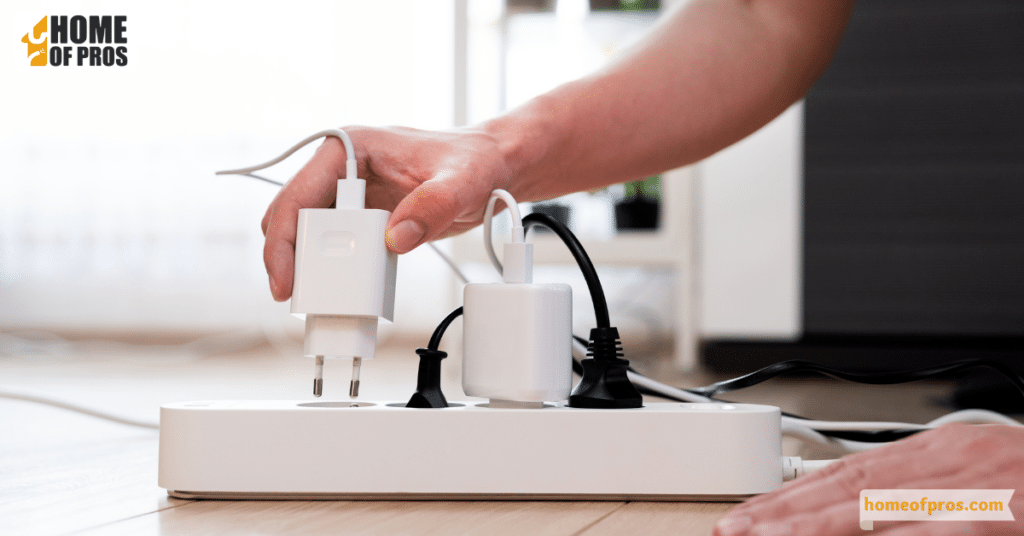
8. Regular Professional Inspection
Periodic professional inspections are a cornerstone of electrical system maintenance. They offer a comprehensive assessment that goes beyond what visual inspections can uncover. Qualified electricians possess the expertise to identify hidden issues and potential hazards. Ensure that the electrician you hire is licensed, certified, and experienced.
Schedule regular electrical inspections to proactively address any emerging problems, preventing major electrical issues and potential safety risks. The benefits of professional inspections extend to peace of mind, knowing that your electrical system is in top-notch condition, and your home is secure from electrical hazards.
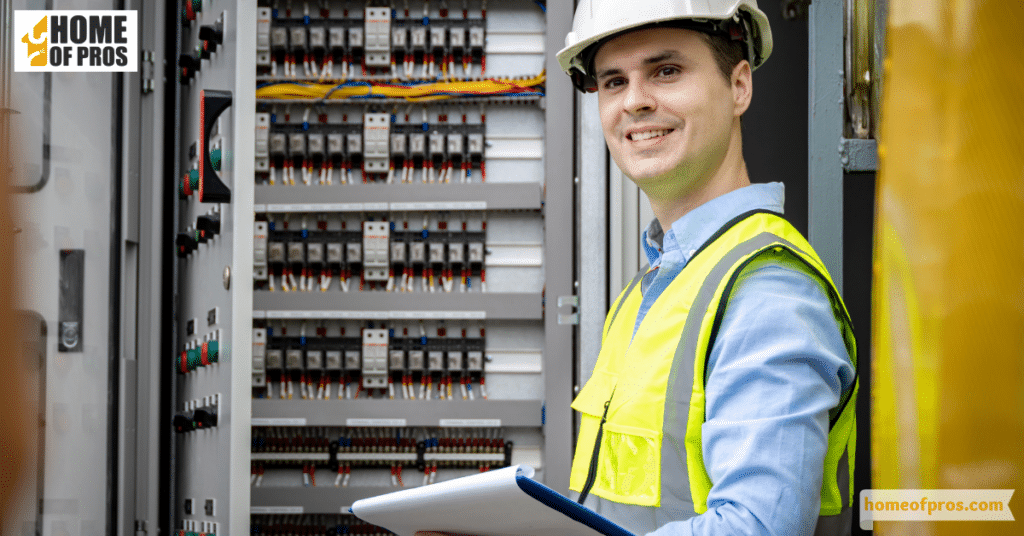
In Conclusion
Maintaining your home’s electrical system is not just a matter of convenience; it’s a fundamental aspect of ensuring the safety and functionality of your living space. By following the step-by-step checklist outlined in this guide, you can proactively address potential issues, reduce the risk of electrical hazards, and enjoy a reliable electrical system for years to come. Remember that safety should always be your top priority, and when in doubt or facing complex issues, consult a professional electrician for expert guidance.









